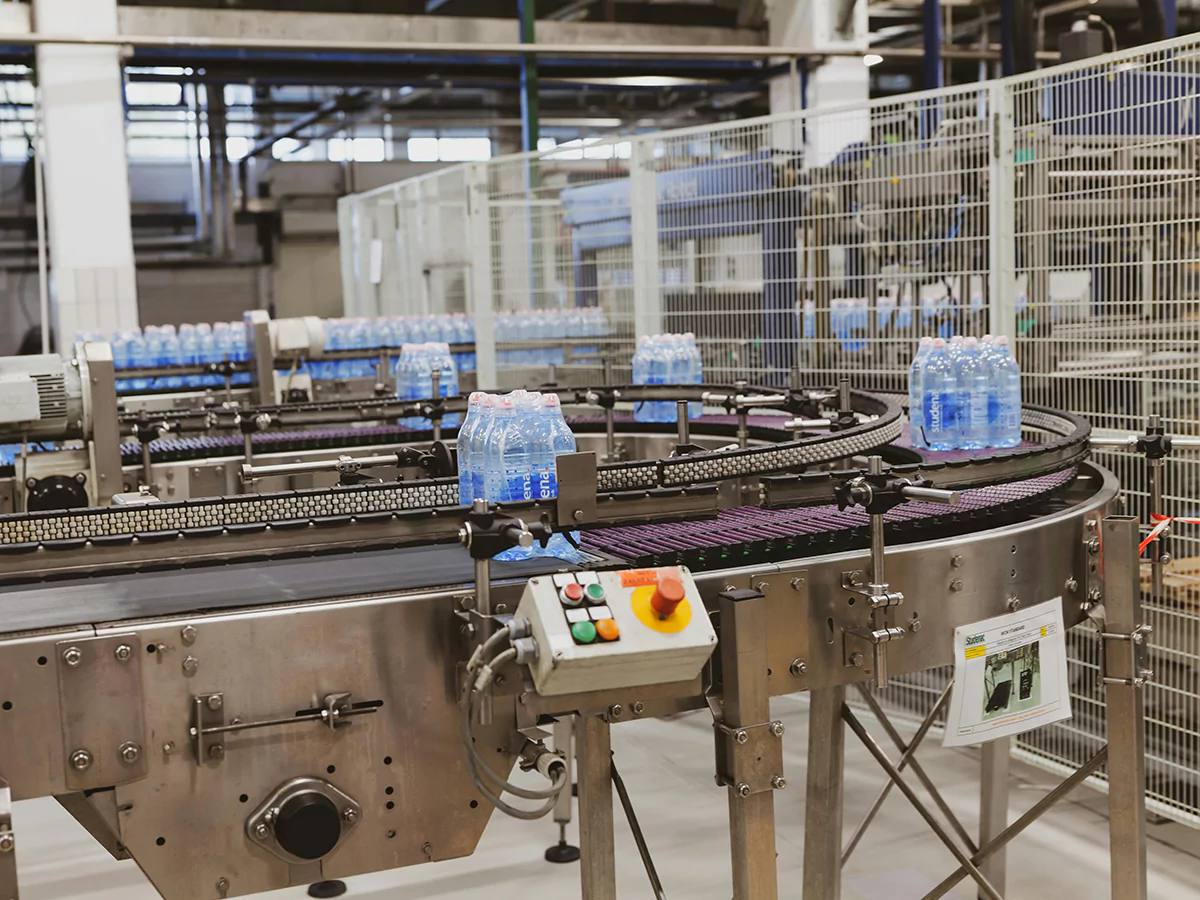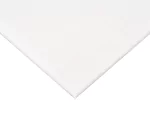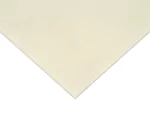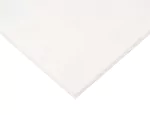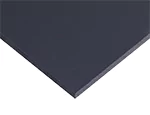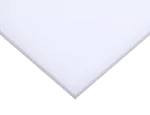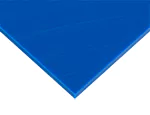Plastics like acetal, UHMWPE, nylon, PET, and PTFE are preferred over metal for wear and friction-resistant parts in packaging and conveying applications due to their superior durability and generally low coefficient of friction, which helps minimize wear on moving components and increase part life. These plastics are lightweight and self-lubricating, reducing or eliminating the need for external lubrication and allowing for their use in environments where lubrication is not recommended or impossible.
- Acetal is a lightweight, rigid, and wear-resistant material that maintains its dimensional stability even in high-speed oprations. Its low friction, good chemical resistance, and low moisture absorption make it an alternative to UHMW in applications that require more rigidity.
- Nylon is a lightweight, moisture-resistant, and chemically-resistant material with a good balance of toughness, wear resistance, and load-bearing capacity. In packaging and conveying applications, nylon components typically consist of gears, rollers, and bushings.
- Nyloil is a specialized grade of cast nylon with internal lubrication that enhances its wear properties. With a 25% lower coefficient of friction than standard nylon grades, this grade of nylon is ideal for use when lubrication is difficult or impossible to use. Its internal lubricant won't spin out, dry out, or drain out in harsh environments. FDA compliant grades are available.
- PET is a more dimensionally stable and rigid material than acetal with superior wear resistance at higher temperatures. It holds its shape under temperature swings and is a good choice for load-bearing applications requiring stability and precision.
- PTFE is a high-performance material that features an extremely low coefficient of friction, making it ideal for applications requiring smooth motion and minimal wear like bearings, slide plates, and seals. Its non-stick properties promote smooth product movement and help prevent material buildup.
- UHMWPE is an excellent choice for chain guides, wear strips, and conveyor rails. Its abrasion resistance, impact strength, and self-lubricating properties help reduce maintenance downtime and extend the service life of packaging and conveying equipment.
- Tivar HPV UHMW is a FDA compliant bearing-grade UHMW sheet that offers a near-zero level of slip-stick and helps eliminate squeaking and chatter. In packaging and conveyor systems, it helps enhance motion and reduce friction.
Polycarbonate is a popular material choice for enclosures and safety guards in the packaging and conveyign industries. A nearly unbreakable thermoplastic, polycarbonate has exceptional impact resistance, optical clarity, and durability. These properties allow clear visbility while providing reliable protection for monitoring operations. Polycarbonate is lightweight and can operate over a wide temperature range, allowing for its use in places where glass or metal may not work. Polycarbonate is versatile and can be thermoformed, machined, fabricated, or bonded using solvents.








